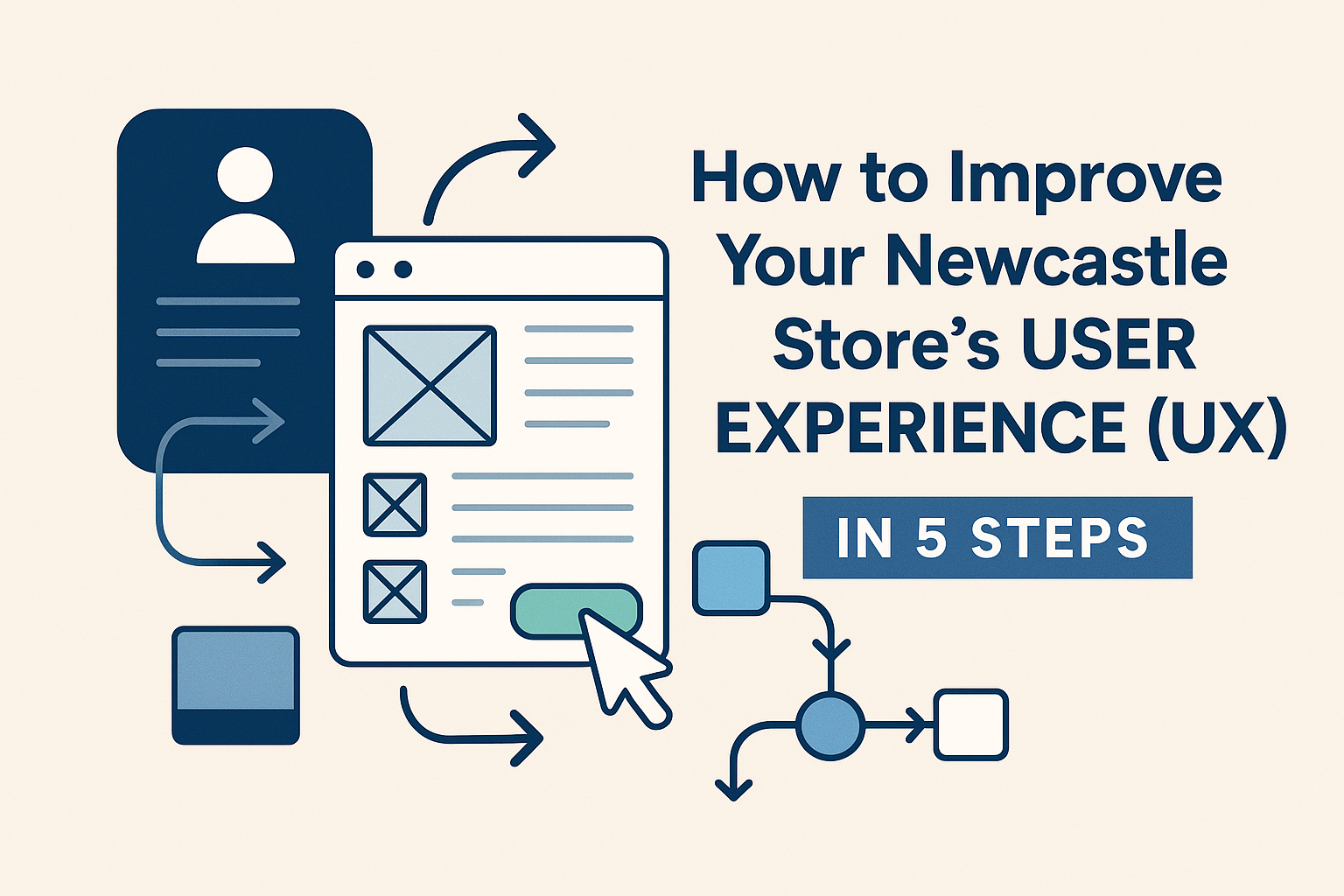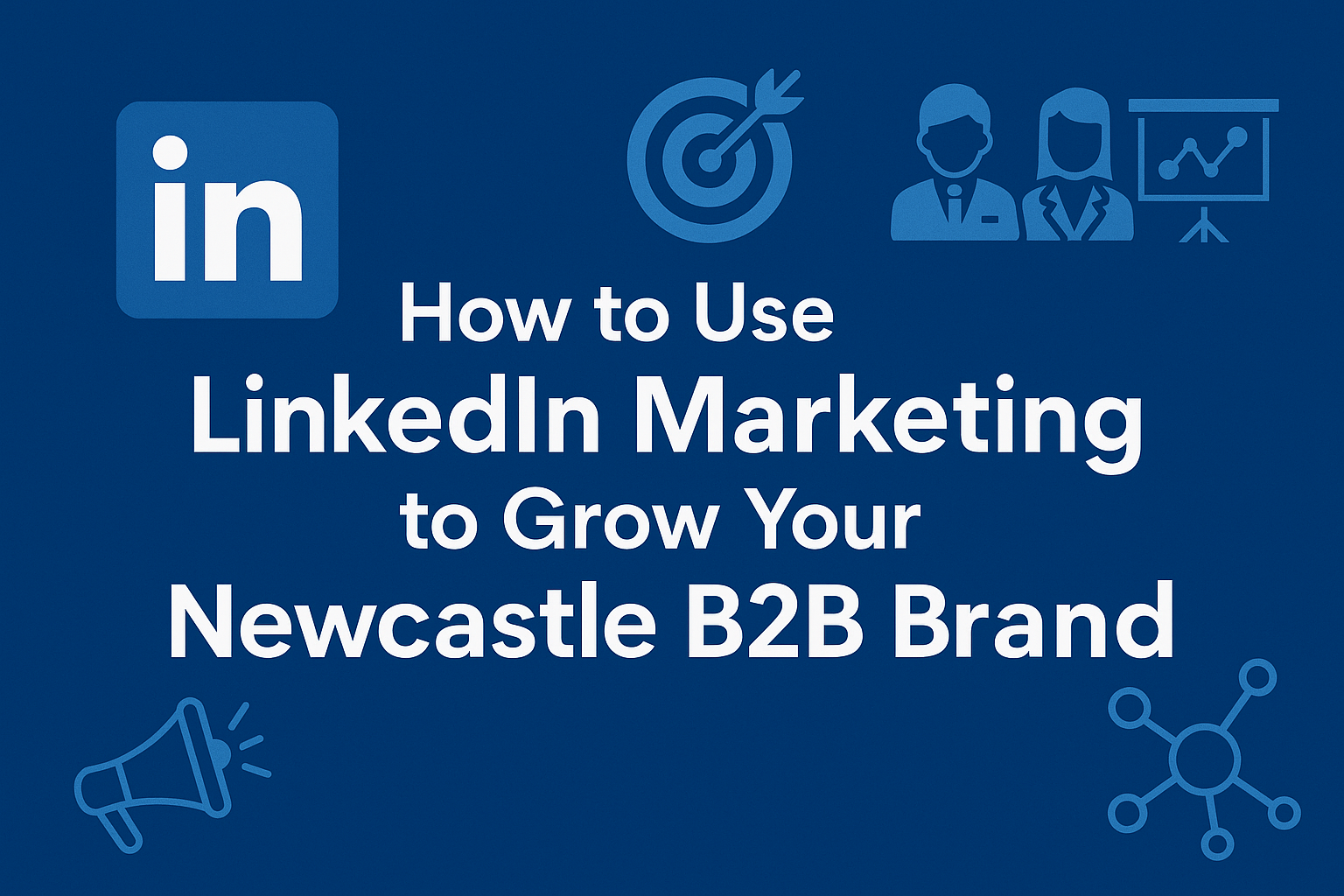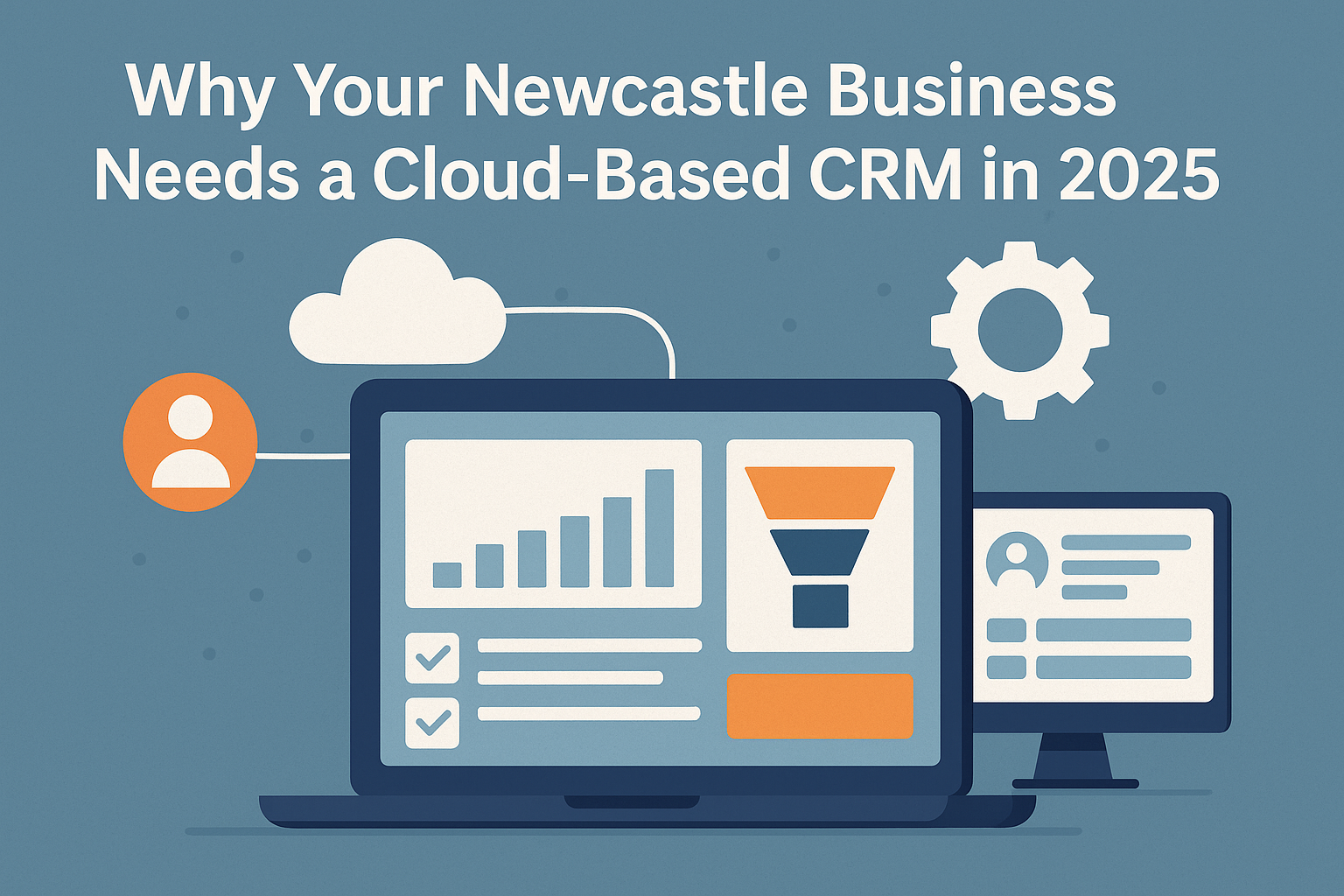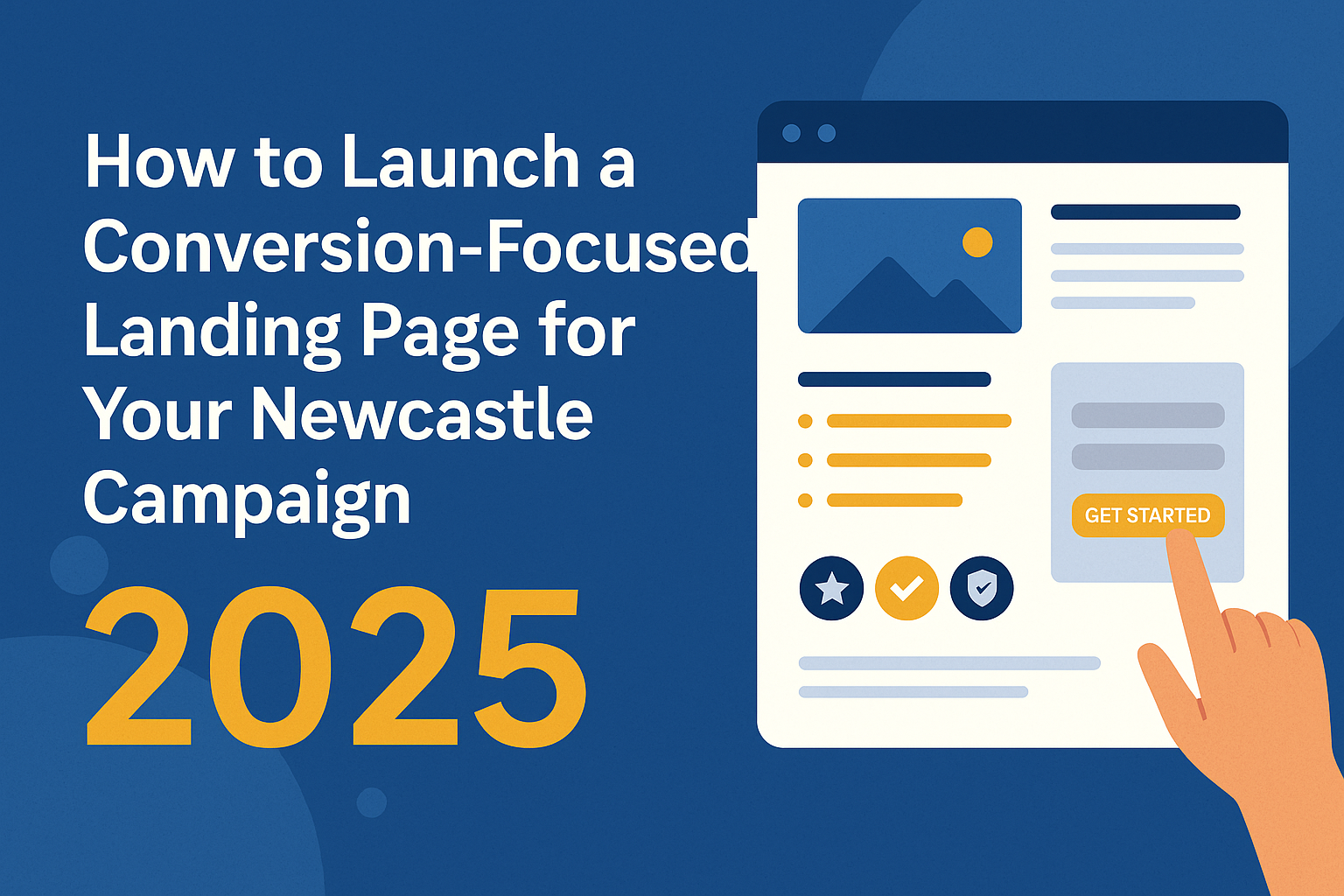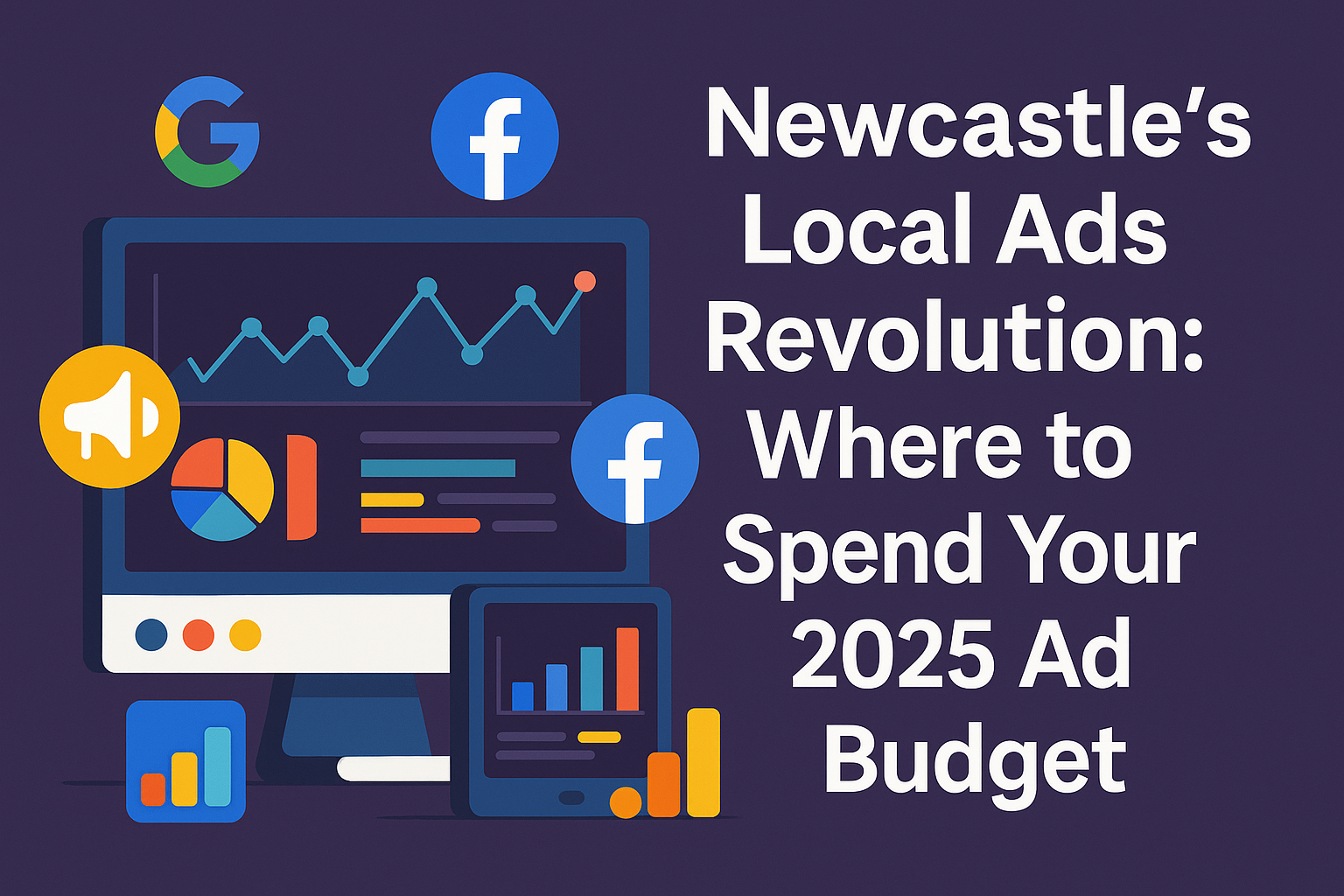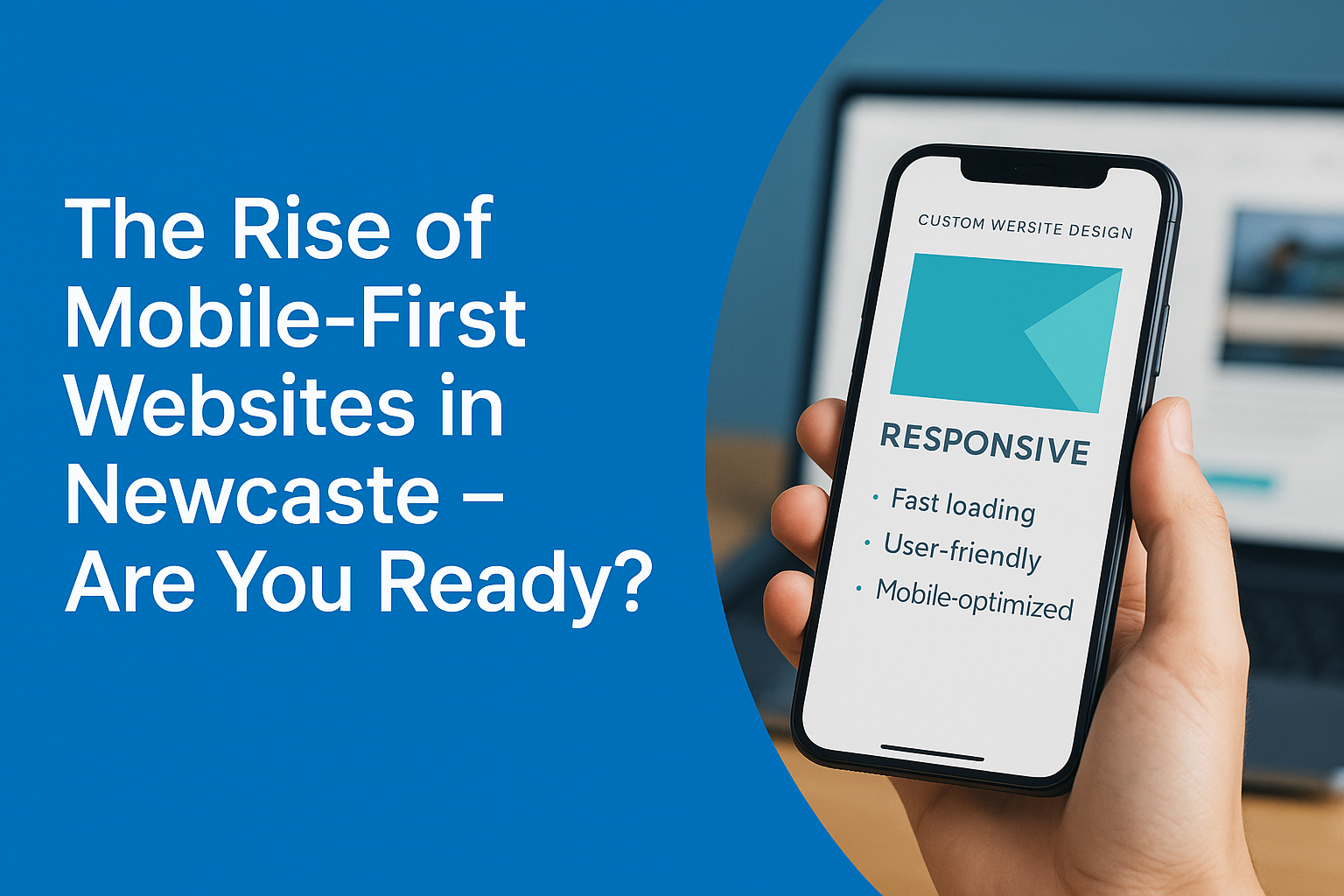- sales@robatodigitals.com
- 124 Westwood Dr, Burnside VIC 3023
Get More From Your Marketing Budget — Optimise And Maximise

Get More From Your Marketing Budget — Optimise And Maximise
In today's competitive business landscape, making the most
of your marketing budget is essential for driving growth and staying ahead. The
key to achieving this lies in optimization and maximization strategies. By
strategically utilizing your resources, focusing on the right channels, and
constantly refining your approach, you can achieve remarkable results even with
limited funds. Here's how you can get more from your marketing budget through
optimization and maximization techniques:
1. Know Your Audience: Understanding your target audience is
the foundation of effective marketing. Conduct thorough research to identify
their demographics, preferences, pain points, and behaviors. This insight
allows you to tailor your campaigns to resonate with your audience, increasing
the chances of engagement and conversion. Precisely targeting the right people
ensures that your marketing efforts aren't wasted on reaching uninterested
parties.
2. Data-Driven Decision Making: Leverage data analytics to
track the performance of your marketing campaigns. Monitor metrics like
click-through rates, conversion rates, and customer engagement. These insights
reveal what's working and what's not, enabling you to allocate resources to
high-performing strategies and adjust or eliminate underperforming ones.
Data-driven decisions lead to better allocation of your budget and improved
overall ROI.
3. Prioritize High-Impact Channels: Instead of spreading
your budget thin across multiple platforms, focus on the channels that resonate
most with your target audience. Whether it's social media, content marketing,
paid advertising, or email campaigns, allocating a larger portion of your
budget to your highest-performing channels ensures you're maximizing impact
where it matters most.
4. Content Quality Over Quantity: Investing in high-quality
content pays off in the long run. Instead of churning out a high volume of
mediocre content, focus on producing informative, engaging, and valuable
pieces. Quality content establishes your brand as an authority in your
industry, fosters trust with your audience, and increases the likelihood of
organic sharing, amplifying your reach without increasing costs.
5. A/B Testing and Iteration: A/B testing involves creating
variations of your campaigns to test which elements perform better. This
applies to everything from email subject lines to landing page designs. By
continuously testing and iterating, you can fine-tune your campaigns based on
real-time results, maximizing conversions and optimizing your budget
allocation.
6. Retargeting and Remarketing: Retargeting and remarketing
strategies allow you to re-engage users who have interacted with your brand but
haven't converted. This approach often yields higher conversion rates because
it targets users who already have some familiarity with your products or
services. By focusing on this audience, you're optimizing your budget by
increasing the chances of conversion from warm leads.
7. Negotiate and Collaborate: When working with external
vendors or partners, negotiation is key. Don't hesitate to negotiate pricing,
especially for long-term commitments or bulk purchases. Additionally, consider
collaborations with complementary businesses. Joint marketing efforts can help
share costs and increase your reach, providing more value from your budget.
8. Continuous Optimization: Marketing optimization is not a
one-time task. Regularly review and refine your strategies based on changing
market trends, customer feedback, and performance data. Stay agile and willing
to adapt, ensuring your budget is allocated to initiatives that are aligned
with current market dynamics.
Conclusion
In conclusion, getting more from your marketing budget
involves a strategic approach that emphasizes optimization and maximization. By
understanding your audience, making data-driven decisions, focusing on
high-impact channels, producing quality content, testing and iterating,
utilizing retargeting, negotiating smartly, and continuously optimizing, you
can achieve remarkable results without overspending. The key is to strike a
balance between resource allocation and impact to achieve sustainable growth
and a healthy return on investment.


